Trump wants to dismantle FEMA—at the same time that experts are predicting a brutal hurricane season
This week, AccuWeather released its prediction for the Atlantic hurricane season. The weather service found that after last year’s Hurricanes Beryl, Helene, and Milton, 2025 will likely be another supercharged year for tropical storms. AccuWeather expects the Atlantic hurricane season, which starts on June 1, to yield 13 to 18 named storms, including 7 to 10 hurricanes. Of those, three and six are expected to have direct U.S. impacts, with the Gulf Coast, Atlantic Canada, the Carolinas, and northwestern Caribbean at the highest risk. Meanwhile, as climate change and record-warm ocean temperatures usher the U.S. into yet another intense storm season, the Trump administration has signaled that it may be working to dismantle the Federal Emergency Management Agency. Here’s what to know: Why does hurricane season keep getting worse? According to AccuWeather lead hurricane expert Alex DaSilva, one of the main factors driving the company’s prediction is elevated water temperatures. Across the ocean’s surface, including in the Gulf and Caribbean, temperatures aren’t just well above historical averages, the warm waters also extend to deeper depths than usual. Warm water fuels storms by evaporating quickly, causing rising columns of moist air to feed developing hurricanes—meaning that an abundance of warm water can make hurricanes develop both more quickly and more intensely. “A rapid intensification of storms will likely be a major story yet again this year as sea-surface temperatures and ocean heat content (OHC) across most of the basin are forecast to be well above average,” DaSilva said in a news release. Last year, high OHC supercharged intense storms, including Hurricane Beryl and Hurricane Milton. In an article for The Conversation that summer, expert Brian Tang noted, “The peak intensification rates of hurricanes increased by an average of 25% to 30% when comparing hurricane data between 1971-1990 and 2001-2020.” Experts believe that as climate change continues to worsen and ocean temperatures rise, it’s likely that hurricane season will only become more extreme and more dangerous. What’s going on with FEMA? As more information about the upcoming hurricane season comes to light, it appears that the Trump administration may be gearing up to shutter the government’s largest disaster aid group. On Monday, Kristi Noem, secetary of Homeland Security, reportedly said that her department planned to “eliminate” FEMA. On Tuesday, CNN reported that top officials from FEMA and the Department of Homeland Security met to discuss FEMA’s future and options for shutting it down. According to CNN, the agency is currently in a state of disarray as more than $100 billion in disaster assistance and grant money is frozen and hiring is largely stalled. The elimination of FEMA could have major consequences for the future of disaster relief in the U.S. In January, Samantha Montano, an emergency management professor at Massachusetts Maritime Academy, told Fast Company that abolishing FEMA would result in “a less effective, less efficient, and less equitable emergency management system, which means it makes all of us less safe. Without question, we would see higher death tolls, greater physical damage, and immense economic impacts.” Currently, aid from FEMA is provided only after local jurisdictions have depleted their own resources and the agency’s intervention is approved by Congress. In 2023, the agency spent $30 billion aiding in the aftermath of fires, floods, landslides, tornadoes, hurricanes, and winter storms across the country. In 2024, FEMA workers went door-to-door providing aid after Hurricane Helene struck. Now, though, when the agency should be prepping for the upcoming hurricane season, staffers tell CNN that they’ve had to pause their operations. “March is typically when we’re finalizing hurricane plans. A lot of that got paused,” one anonymous source shared. “So, it’s already having an impact, which is that we’re not preparing.”

This week, AccuWeather released its prediction for the Atlantic hurricane season. The weather service found that after last year’s Hurricanes Beryl, Helene, and Milton, 2025 will likely be another supercharged year for tropical storms.
AccuWeather expects the Atlantic hurricane season, which starts on June 1, to yield 13 to 18 named storms, including 7 to 10 hurricanes. Of those, three and six are expected to have direct U.S. impacts, with the Gulf Coast, Atlantic Canada, the Carolinas, and northwestern Caribbean at the highest risk.
Meanwhile, as climate change and record-warm ocean temperatures usher the U.S. into yet another intense storm season, the Trump administration has signaled that it may be working to dismantle the Federal Emergency Management Agency. Here’s what to know:
Why does hurricane season keep getting worse?
According to AccuWeather lead hurricane expert Alex DaSilva, one of the main factors driving the company’s prediction is elevated water temperatures. Across the ocean’s surface, including in the Gulf and Caribbean, temperatures aren’t just well above historical averages, the warm waters also extend to deeper depths than usual. Warm water fuels storms by evaporating quickly, causing rising columns of moist air to feed developing hurricanes—meaning that an abundance of warm water can make hurricanes develop both more quickly and more intensely.
“A rapid intensification of storms will likely be a major story yet again this year as sea-surface temperatures and ocean heat content (OHC) across most of the basin are forecast to be well above average,” DaSilva said in a news release.
Last year, high OHC supercharged intense storms, including Hurricane Beryl and Hurricane Milton. In an article for The Conversation that summer, expert Brian Tang noted, “The peak intensification rates of hurricanes increased by an average of 25% to 30% when comparing hurricane data between 1971-1990 and 2001-2020.”
Experts believe that as climate change continues to worsen and ocean temperatures rise, it’s likely that hurricane season will only become more extreme and more dangerous.
What’s going on with FEMA?
As more information about the upcoming hurricane season comes to light, it appears that the Trump administration may be gearing up to shutter the government’s largest disaster aid group.
On Monday, Kristi Noem, secetary of Homeland Security, reportedly said that her department planned to “eliminate” FEMA. On Tuesday, CNN reported that top officials from FEMA and the Department of Homeland Security met to discuss FEMA’s future and options for shutting it down. According to CNN, the agency is currently in a state of disarray as more than $100 billion in disaster assistance and grant money is frozen and hiring is largely stalled.
The elimination of FEMA could have major consequences for the future of disaster relief in the U.S. In January, Samantha Montano, an emergency management professor at Massachusetts Maritime Academy, told Fast Company that abolishing FEMA would result in “a less effective, less efficient, and less equitable emergency management system, which means it makes all of us less safe. Without question, we would see higher death tolls, greater physical damage, and immense economic impacts.”
Currently, aid from FEMA is provided only after local jurisdictions have depleted their own resources and the agency’s intervention is approved by Congress. In 2023, the agency spent $30 billion aiding in the aftermath of fires, floods, landslides, tornadoes, hurricanes, and winter storms across the country. In 2024, FEMA workers went door-to-door providing aid after Hurricane Helene struck. Now, though, when the agency should be prepping for the upcoming hurricane season, staffers tell CNN that they’ve had to pause their operations.
“March is typically when we’re finalizing hurricane plans. A lot of that got paused,” one anonymous source shared. “So, it’s already having an impact, which is that we’re not preparing.”





























































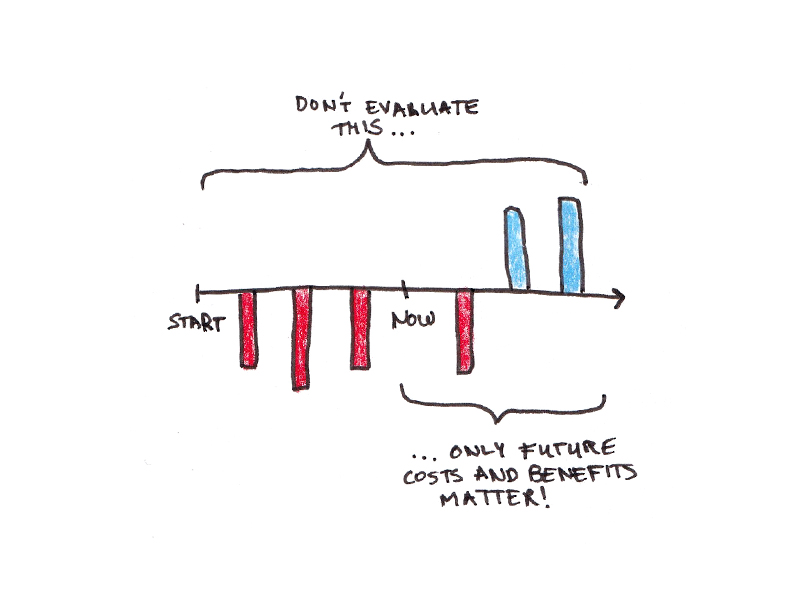












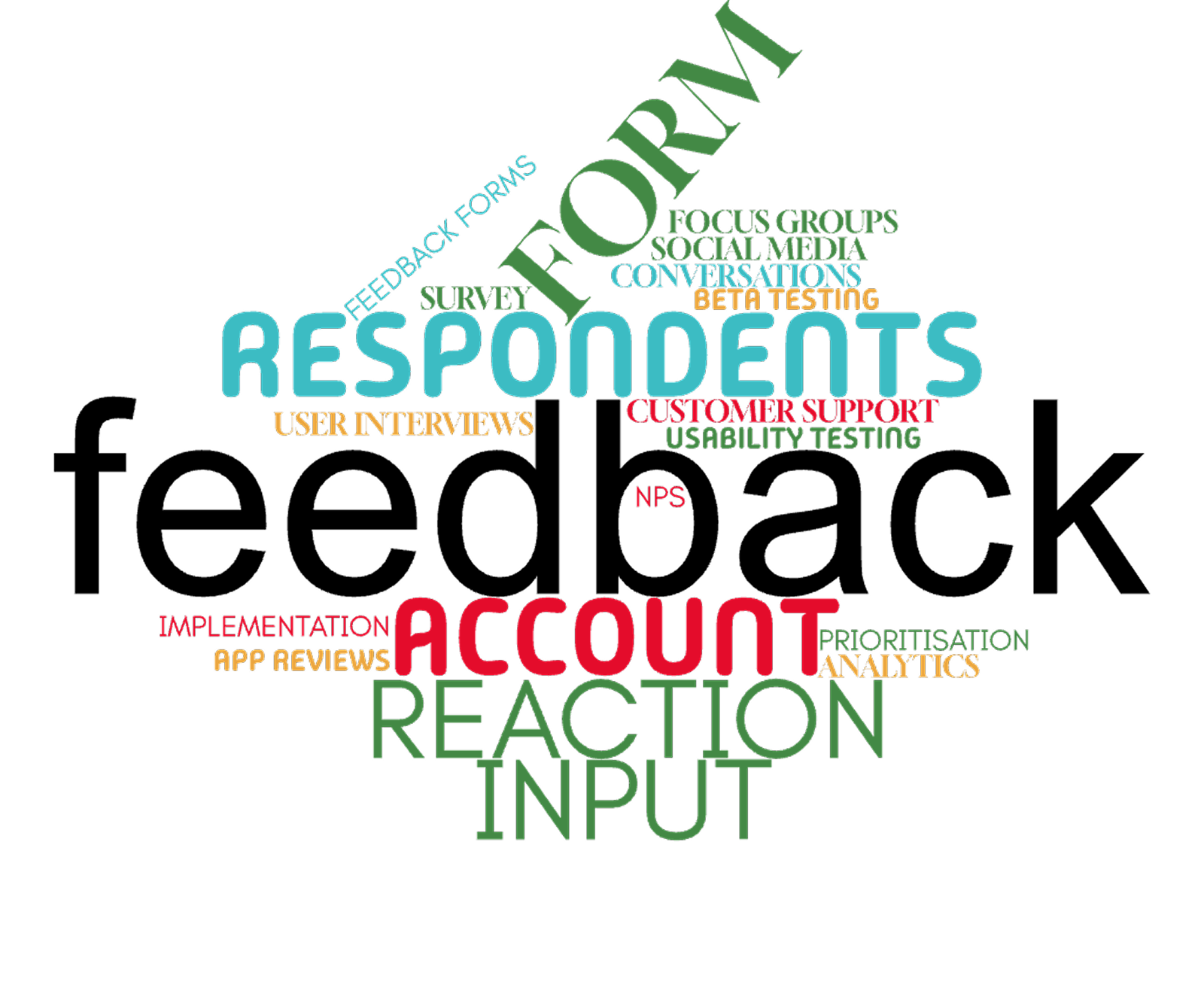



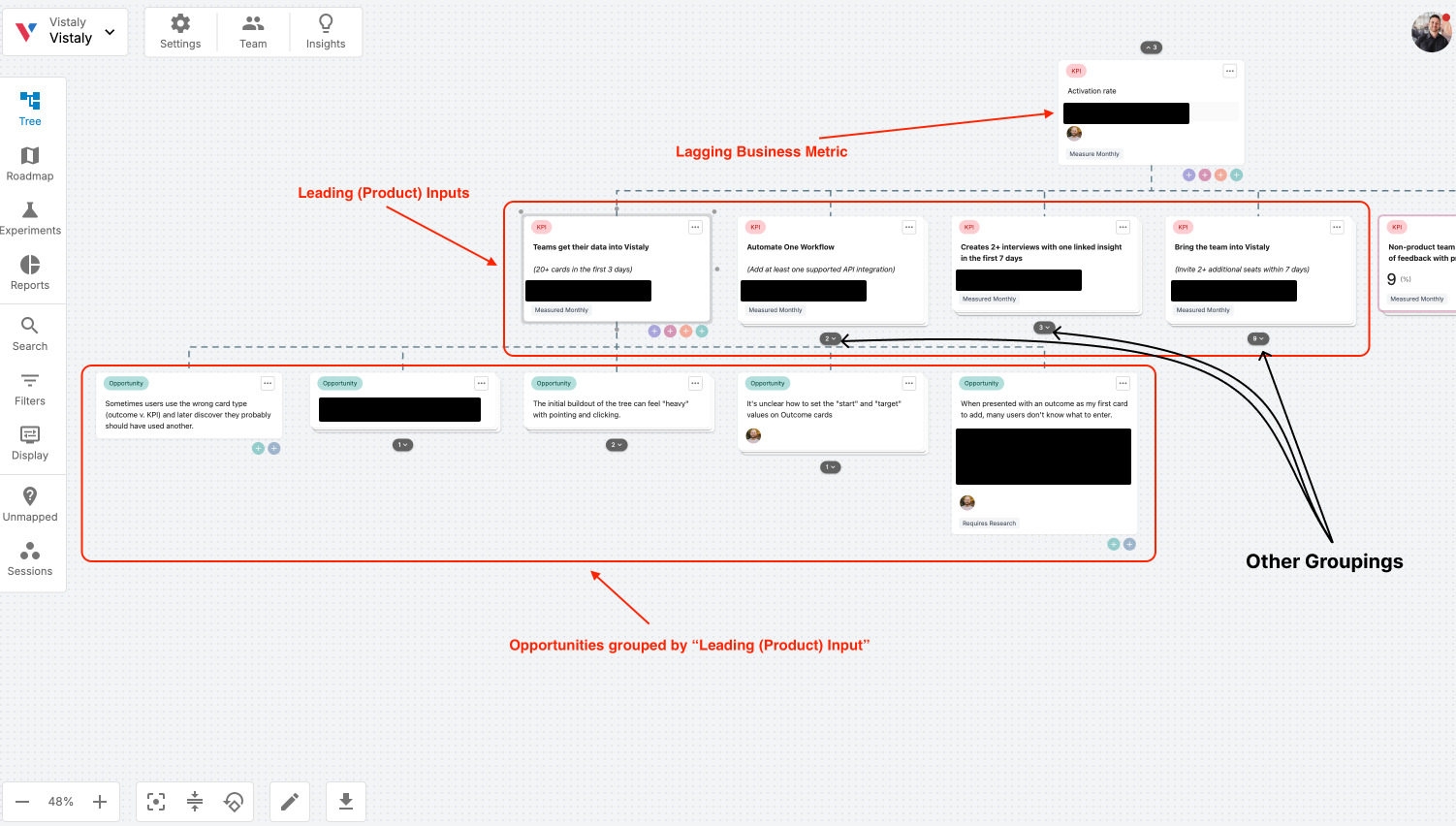
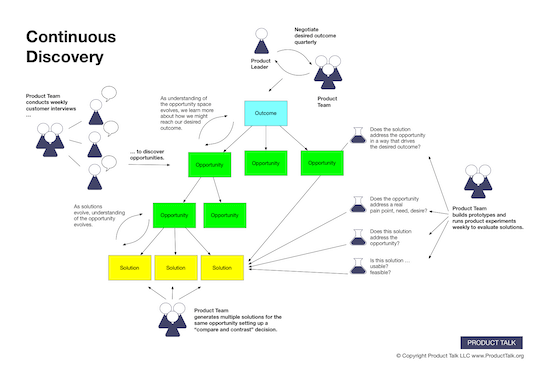
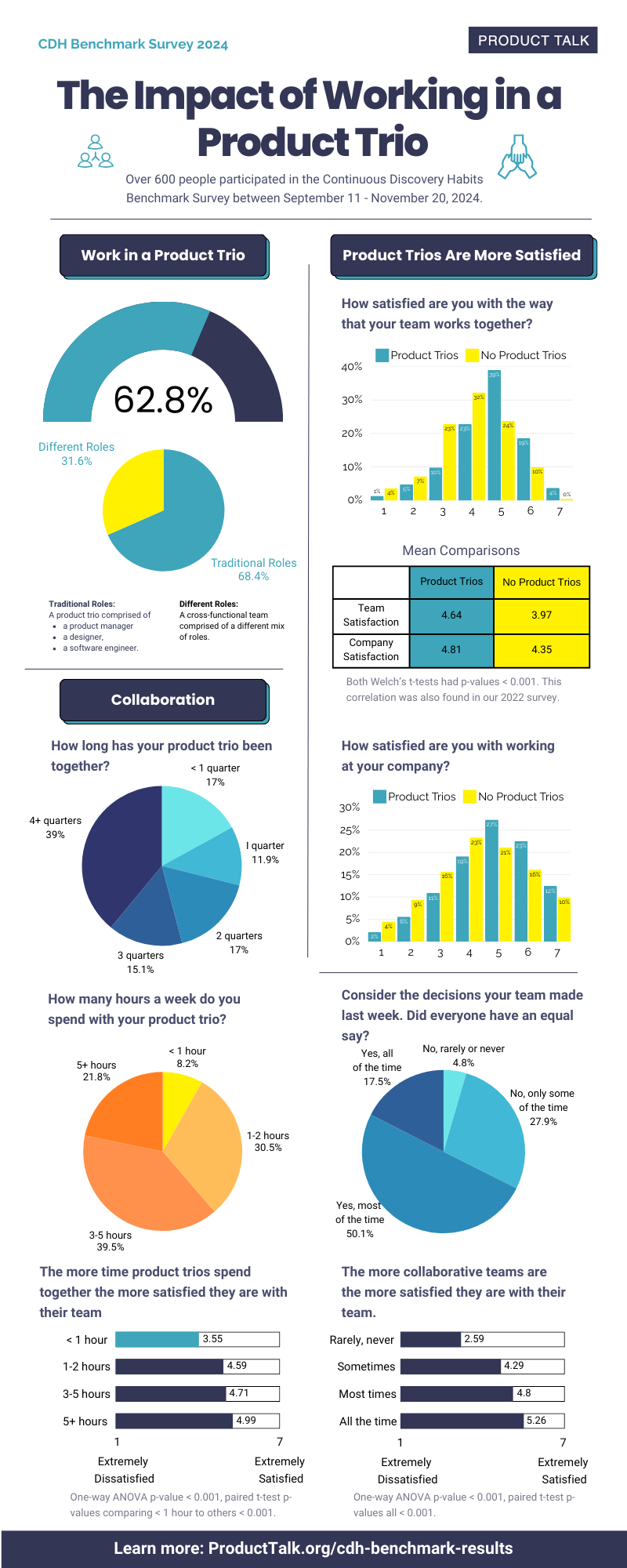











![How One Brand Solved the Marketing Attribution Puzzle [Video]](https://contentmarketinginstitute.com/wp-content/uploads/2025/03/marketing-attribution-model-600x338.png?#)

![Building A Digital PR Strategy: 10 Essential Steps for Beginners [With Examples]](https://buzzsumo.com/wp-content/uploads/2023/09/Building-A-Digital-PR-Strategy-10-Essential-Steps-for-Beginners-With-Examples-bblog-masthead.jpg)


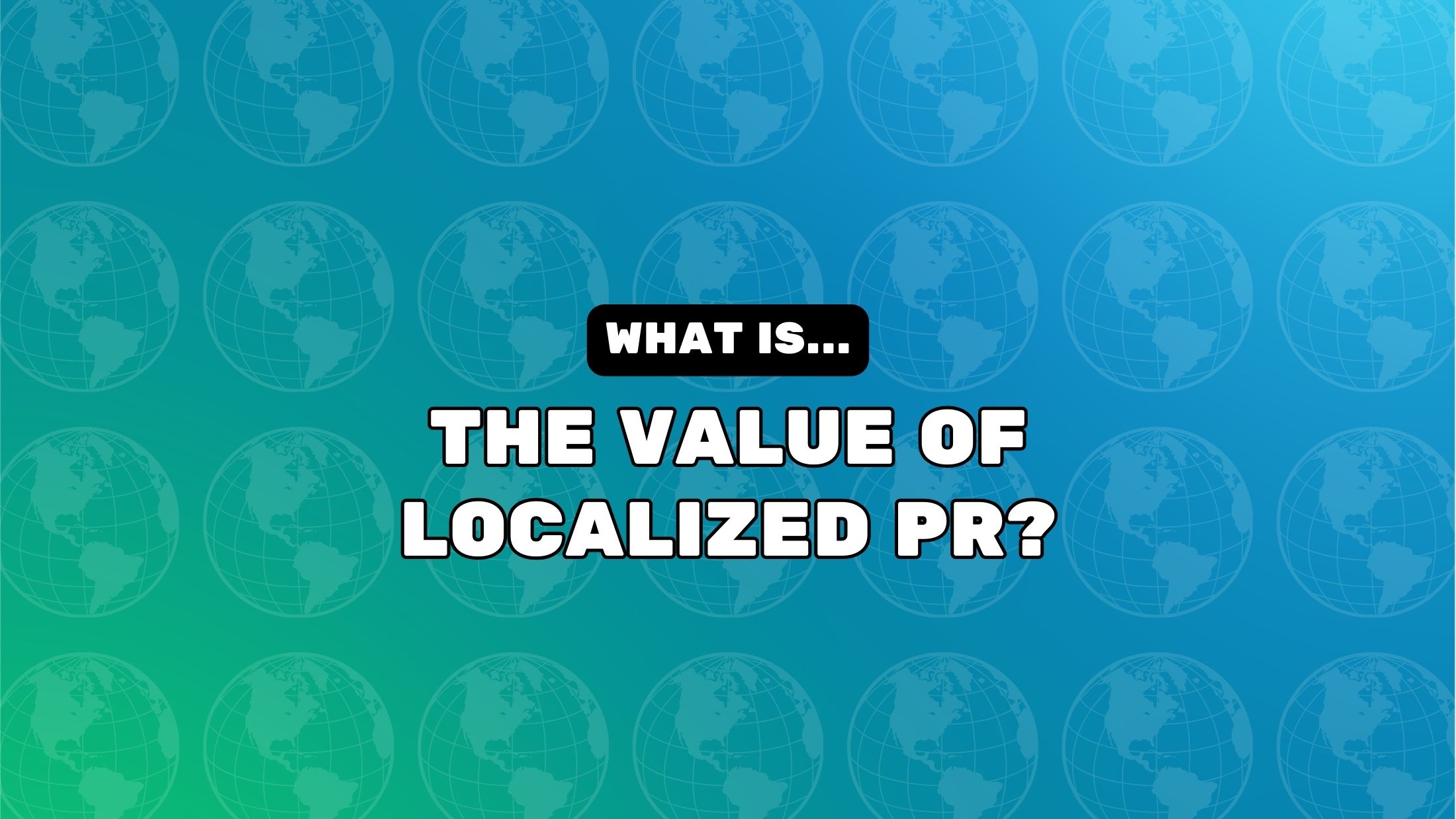







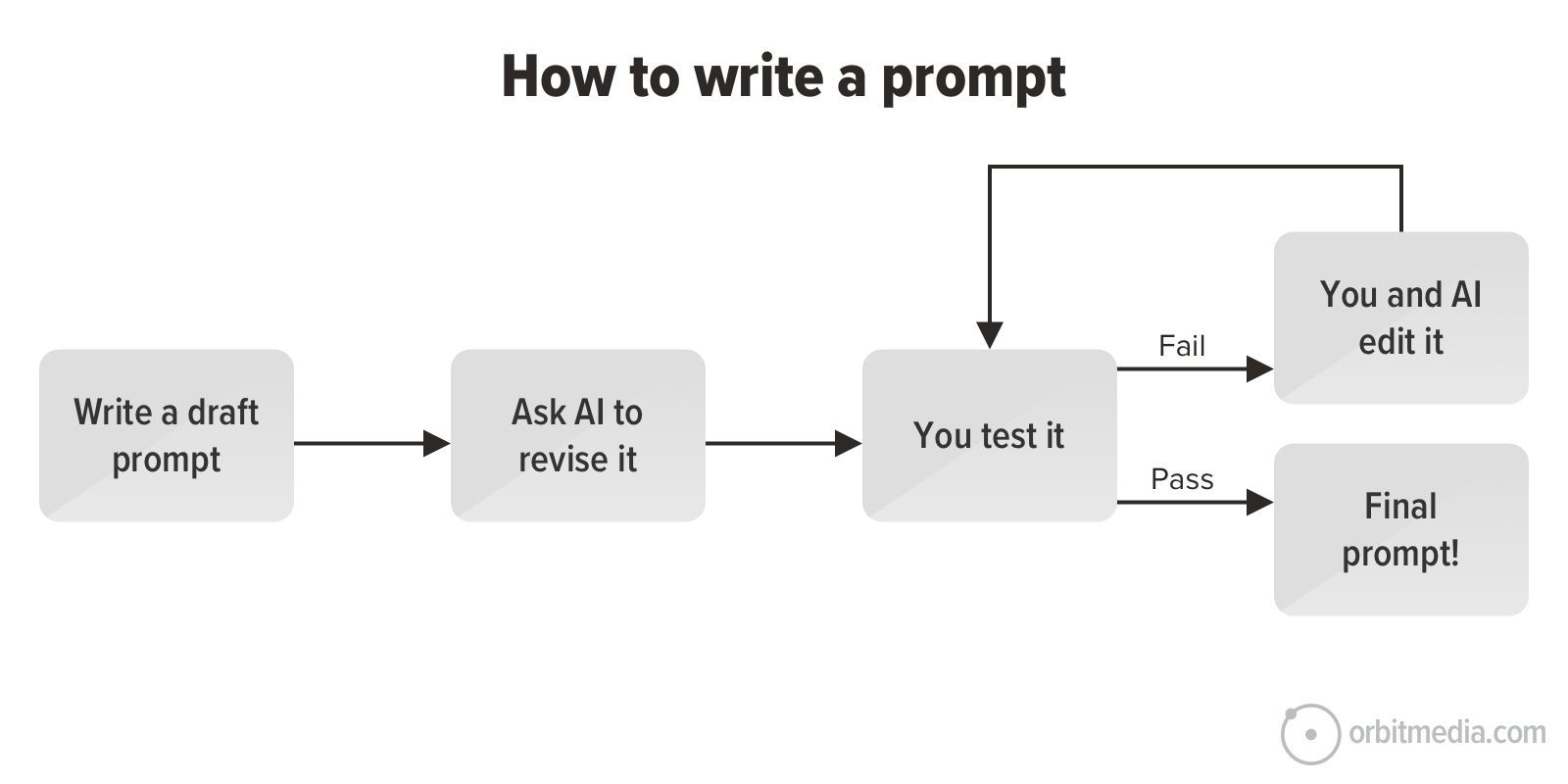
![How to Use GA4 to Track Social Media Traffic: 6 Questions, Answers and Insights [VIDEO]](https://www.orbitmedia.com/wp-content/uploads/2023/06/ab-testing.png)




![[HYBRID] ?? Graphic Designer](https://a5.behance.net/cbf14bc4db9a71317196ed0ed346987c1adde3bb/img/site/generic-share.png)























